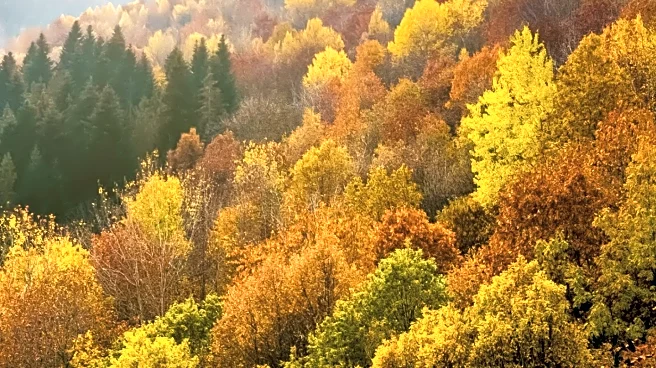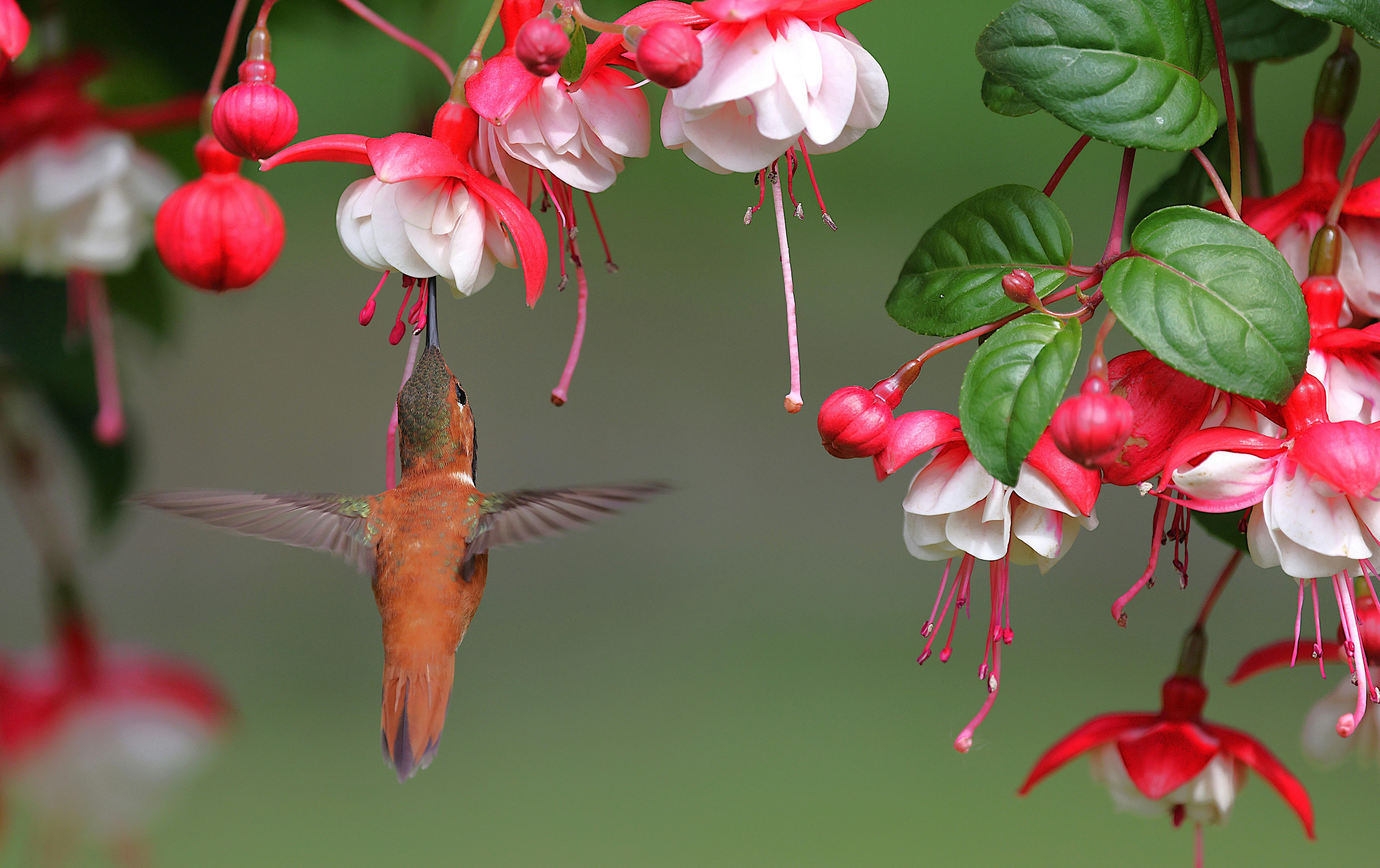What is the story about?
What's Happening?
Forestry England has announced that the autumn of 2025 is expected to showcase particularly vibrant colors in the nation's forests, attributed to the long, hot summer and below-average rainfall. This phenomenon is partly due to changing weather patterns linked to the climate crisis. The vivid display of reds, oranges, and golds is anticipated to last well into November, especially in northern regions. Popular locations for viewing these colors include Westonbirt in Gloucestershire, Bedgebury Pinetum in Kent, Grizedale Forest in Cumbria, and Kielder Forest in Northumberland. Additionally, the Woodland Trust has noted a 'mast year,' with a bumper crop of acorns and beech nuts, which is beneficial for wildlife and new tree growth.
Why It's Important?
The vibrant autumn colors and mast year are significant as they highlight the impact of climate change on natural phenomena. While the colorful display is visually appealing, it underscores the broader environmental shifts occurring due to climate change. The mast year provides ecological benefits, supporting wildlife and promoting forest regeneration. These developments offer an opportunity for public engagement with nature and raise awareness about the importance of environmental conservation. The increased interest in visiting forests can also boost local tourism and economy.
What's Next?
As the autumn season progresses, Forestry England and other conservation organizations may continue to monitor the impact of climate patterns on forest ecosystems. Public interest in nature walks and forest visits is likely to increase, potentially leading to more initiatives focused on environmental education and conservation. The vivid autumn colors may also inspire cultural and artistic expressions, further integrating environmental themes into public discourse.
Beyond the Headlines
The phenomenon of vibrant autumn colors and mast years can serve as a reminder of the delicate balance within ecosystems and the role of climate change in altering natural cycles. It presents an opportunity for deeper discussions on sustainable practices and the need for proactive measures to mitigate climate impacts. The cultural significance of autumn colors may also influence societal attitudes towards environmental stewardship.
AI Generated Content
Do you find this article useful?















